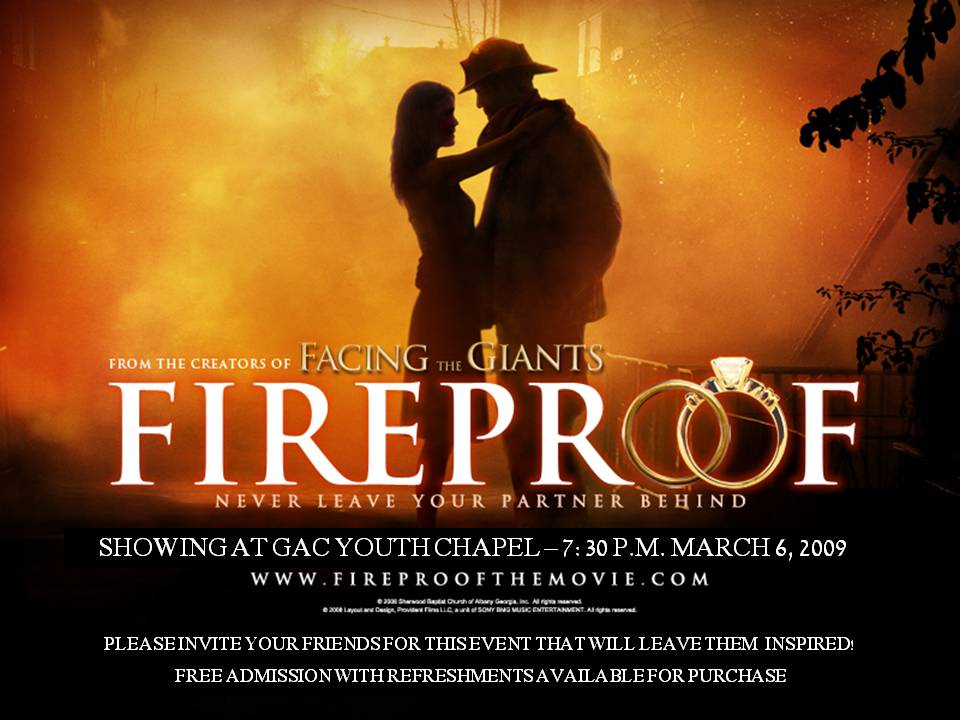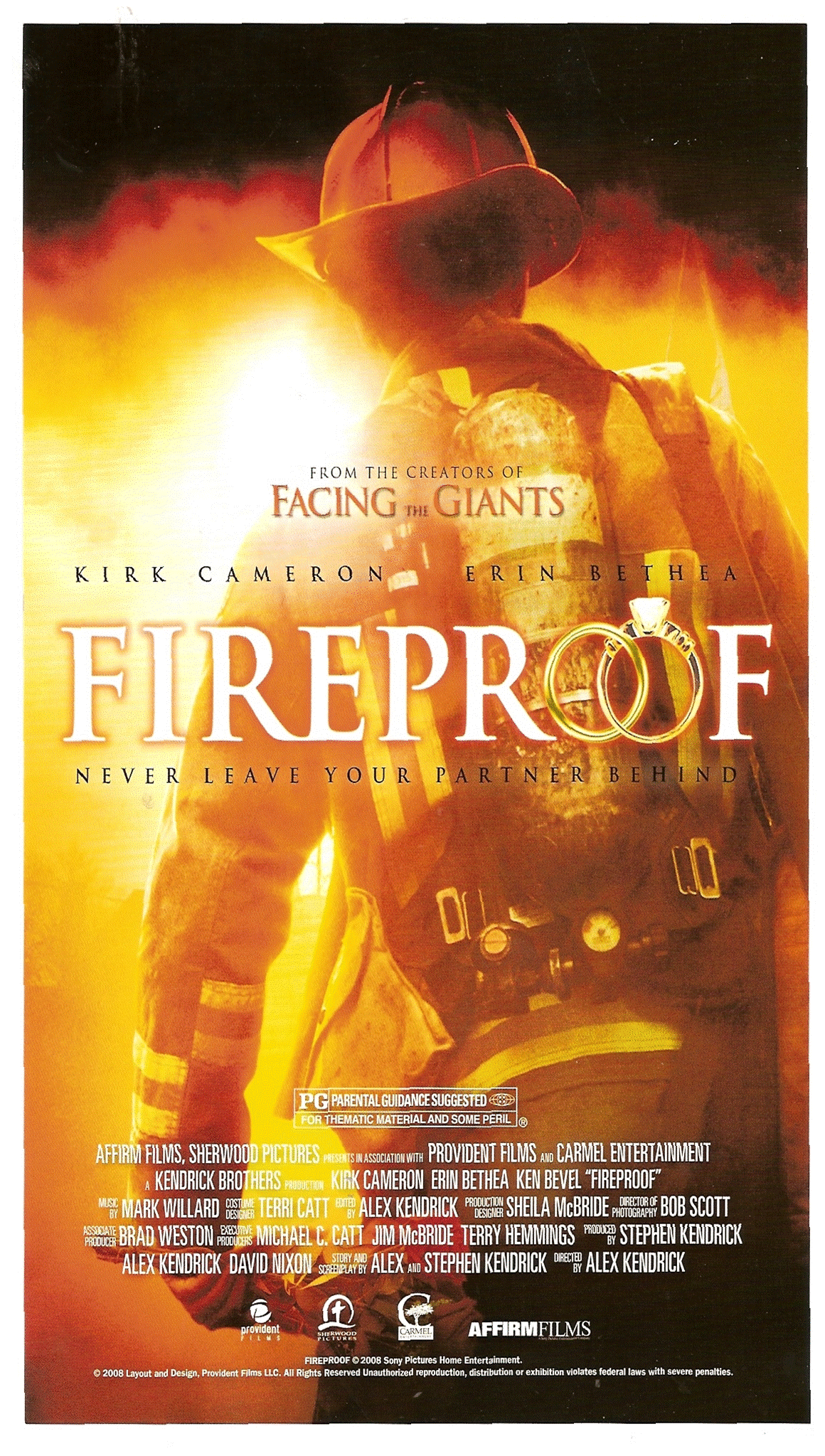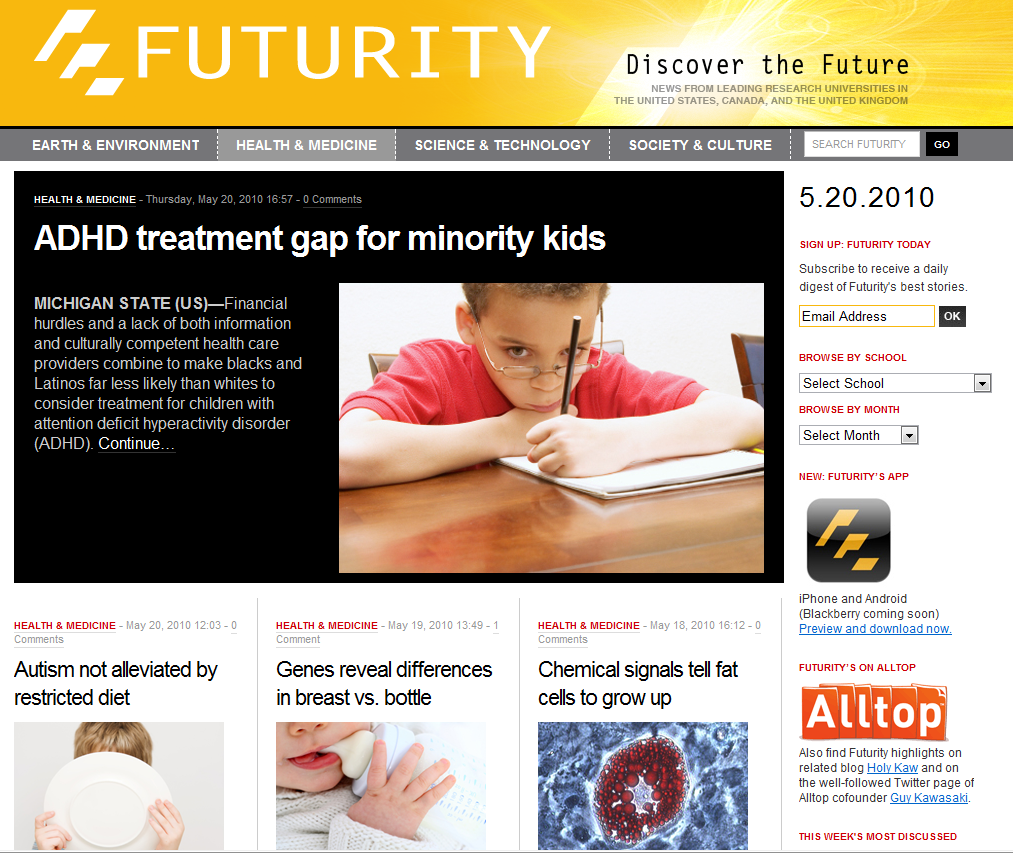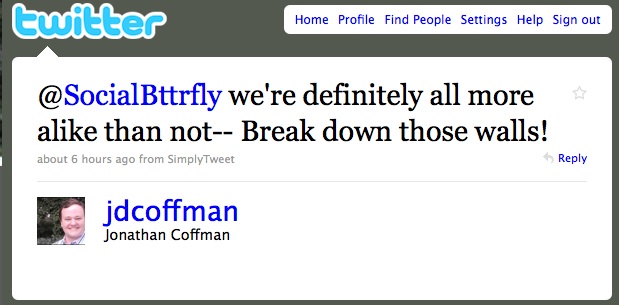 If there’s one word that deserves to be on the “Top Words of 2010” list, it’s the word sustainable. It seems to have an aura around it as we all work to define exactly: What is sustainable social change?
If there’s one word that deserves to be on the “Top Words of 2010” list, it’s the word sustainable. It seems to have an aura around it as we all work to define exactly: What is sustainable social change?
There are lots of opinions about the word. And, I’ve discovered that the word means different things to different people. The environment folks read it one way, nonprofiteers another and you have a whole other group transforming it into social innovation, social capitalism and/or social entrepreneurship.
What is clear: Is that we’re all pretty social about it. But in all seriousness, I don’t yet have a clear, simple, 140-character answer. But, I have do have some places that I go to help me refine my own thinking around sustainable social change:
B Lab, B Corporations and Social Business
In April 2010, Maryland was the first state to sign Benefit Corporation legislation, followed shortly by Vermont. This legislation was heavily lobbied by B Lab, a non-profit group that rallies businesses to serve more than a bottom line. To improve society and address a number of our problems, my mind had been circling back to influencing and impacting systems, ecosystems and networks. In others words, my interest in creating and growing sustainable business continues to increase. Sometimes for change to happen, there needs to be a change in what’s possible and accessible.
I’m all about nonprofit efforts, volunteering, fundraising, helping others lead healthier lives and improving quality of life–but at some point, for our work to have a lasting impact and a legacy for the next generation, it must be sustainable. Liz Forkin Bohannon, my friend and sustainable business leader at Sseko Designs, asks some poignant questions in one of her latest posts–talking about the impact of free, donated secondhand clothing in Africa and its impact on the local economies. This is just one example of how doing good may be doing more harm. Why do I bring this up? Because sustainability is at the forefront of her argument.
Social Entrepreneurship
A close cousin to the social business discussion is social entrepreneurship. I learned in recent months that Georgetown University and the great Bill Novelli are working on creating Georgetown’s own Center for Social Entrepreneurship. Both Harvard and INSEAD even have their own social entrepreneurship initiatives. This isn’t about coincidence. It’s about the need for sustainability.
When talking about social entrepreneurship, the immediate go-to resource in my head is Social Edge. Social Edge is an amazing resource that isn’t afraid to dive into the nitty gritty, as well as the large scale and impact of social entrepreneurship. Written by social entrepreneurs and for social entrepreneurs, it seems that sustainability is at the heart of many of the topics discussed there. Just this week, Social Edge tackled the definition of a “social business” leaving more questions than answers. For me, that’s my kind of resource. It shows thinking, it shows engagement and it also tells me that we have our work cut out for us.
Sustainable Behavior
In the social marketing arena, renowned social marketer Doug McKenzie-Mohr recently announced the development of a new peer-reviewed resource: The Journal of Sustainable Behavior. According to the journal’s first call for papers, the “transition to sustainability requires programs to encourage a diverse array of behaviors.” The take away–we social marketers better start to understand sustainability and how it relates to our efforts and our audience.
Social Innovation
Social Edge covers a variety of topics–which together, you could say the theme is social innovation. But what does this phrase mean and how does it relate to all the other players on the field? According to the Hub, social innovation “refers to new ideas that resolve existing social, cultural, economic and environmental challenges for the benefit of people and planet. Even more simply, a social innovation is an idea that works for the public good.” Well, non-profits work for social good. So do some government agencies. So, who is responsible for social innovation and what will its outcomes look like? Even Stanford has its own Center for Social Innovation. According to its website, its purpose is to “build and strengthen the capacity of individuals and organizations to develop innovative solutions to social problems.”
To me, sustainability is seen here again. Perhaps—sustainability is what connects the dots between these movements. Perhaps, our answers lies in the spaces between the words and in the thoughts between our actions.
Social Capital Markets
Ever heard of SOCAP? Well, SOCAP stands for the social capital markets conference and SOCAP ’10 represents the third year of the conference and will be held Oct. 4-6 in San Francisco. According to the website, SOCAP ’10 is the “largest interdisciplinary gathering of individuals and institutions at the intersection of money and meaning.” SOCAP ’10 will seek to answer the question: What next? (See–there’s something about asking questions…) What’s next for the social capital markets–the social entrepreneurs, the social business wanna-bes, the social innovators, impact investors and social marketers?
Might I dare suggest that sustainability–and figuring out how to develop it, fund it, seed it, and maintain it–might be part of the answer?
flickr credit: Garry
 In honor of #SocialGood Day, I wrote a post for the IQ Solutions blog reflecting on the TEDxChange event and calling for #OpenGood. (Disclosure: IQ Solutions is my employer.) Since posting, a number of things have happened that echo the themes from TEDxChange and this concept–giving cause that perhaps #OpenGood is more of a reality than an ideal. For instance:
In honor of #SocialGood Day, I wrote a post for the IQ Solutions blog reflecting on the TEDxChange event and calling for #OpenGood. (Disclosure: IQ Solutions is my employer.) Since posting, a number of things have happened that echo the themes from TEDxChange and this concept–giving cause that perhaps #OpenGood is more of a reality than an ideal. For instance:








